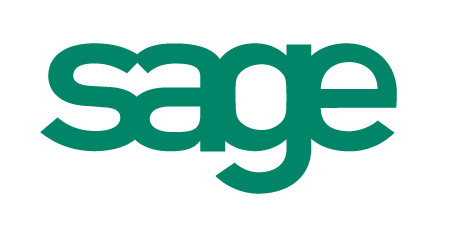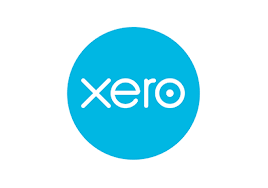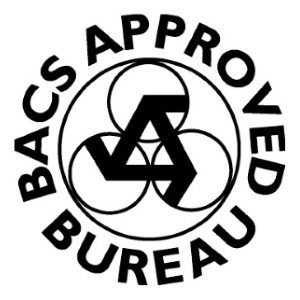What is the difference between Insolvency and Bankruptcy?
Understanding the difference between insolvency and bankruptcy is crucial for businesses and individuals facing financial distress. Although the terms are often used interchangeably, they refer to distinct concepts with unique implications and processes. Grasping these differences can help in navigating financial challenges and seeking appropriate legal debt solutions before matters escalate.
What is Insolvency?
Insolvency is a financial condition where an individual or business cannot meet debt obligations as they fall due. This situation can arise from poor cash flow, excessive liabilities, or declining asset values. Insolvency is often an early warning sign of deeper financial issues and can manifest in two primary forms:
- Cash flow Insolvency — Occurs when a debtor lacks the funds to pay debts on time, even if assets exceed liabilities.
- Balance sheet Insolvency — Happens when liabilities surpass the total value of assets, making it unlikely that debts will be fully repaid.
For businesses, insolvency can trigger creditor actions, disrupt operations, and jeopardise employee livelihoods. Recognizing and addressing insolvency early may prevent further deterioration and facilitate restructuring.
What is Bankruptcy?
Bankruptcy, on the other hand, is a legal process initiated when an insolvent individual or entity petitions the court for relief from debt. Bankruptcy typically involves liquidating assets to repay creditors or reorganising debts to enable future repayment.
Key distinctions include:
- Personal Bankruptcy — Applies to individuals, providing them with a structured process to discharge or restructure debts. In the UK, this process is governed by the Insolvency Act 1986 and typically involves applying for a Bankruptcy Order through the courts, leading to asset liquidation and debt discharge within a year in most cases.
- Corporate Insolvency — In the UK, businesses facing insolvency may enter Administration, Company Voluntary Arrangements (CVAs), Creditors Voluntary Liquidation (CVL), or compulsory liquidation, depending on the circumstances and the potential for restructuring.
Unlike insolvency, which is a financial state, bankruptcy represents a formal legal declaration with court oversight.
Key differences between Insolvency and Bankruptcy
The primary distinction between insolvency and bankruptcy lies in their nature and scope:
| Factor | Insolvency | Bankruptcy |
| Definition | Financial state where debts exceed assets | Legal process to resolve insolvency |
| Applicability | Businesses and individuals | Primarily individuals, but also businesses |
| Legal status | No legal proceedings required | Involves court action and legal processes |
| Outcome | Can lead to restructuring or negotiation | May result in asset liquidation or reorganisation |
| Duration | Temporary if resolved through recovery efforts | Often long-term with lasting credit implications |
Implications for businesses and individuals
For businesses, insolvency may lead to various restructuring methods, including Voluntary Arrangements, Administration, or Liquidation. These steps can provide breathing room to reorganize operations and negotiate with creditors.
Individuals facing insolvency might attempt to negotiate with creditors outside of court. However, persistent financial distress may eventually necessitate filing for bankruptcy. Bankruptcy can negatively affect credit ratings, limit borrowing capacity, and restrict asset ownership.
Solutions and recovery
Addressing insolvency early is essential to avoid bankruptcy. Potential solutions include:
- Voluntary Arrangements — Businesses and individuals can negotiate with creditors to create payment plans, reducing immediate financial pressure.
- Administration — Companies can enter administration, allowing appointed administrators to manage finances and seek recovery solutions.
- Debt Consolidation and Refinancing — Individuals can consolidate debts into manageable payments or refinance to improve cash flow.
Bankruptcy, while often seen as a last resort, can provide a fresh start. For individuals, it offers debt relief and the opportunity to rebuild financially.
How we can help
If you or your business are facing financial difficulties, BV Corporate Recovery can help. Our expert team offers tailored solutions to address insolvency and guide you through the recovery process. Get in touch with us today to explore how we can assist you in securing a more stable financial future.












